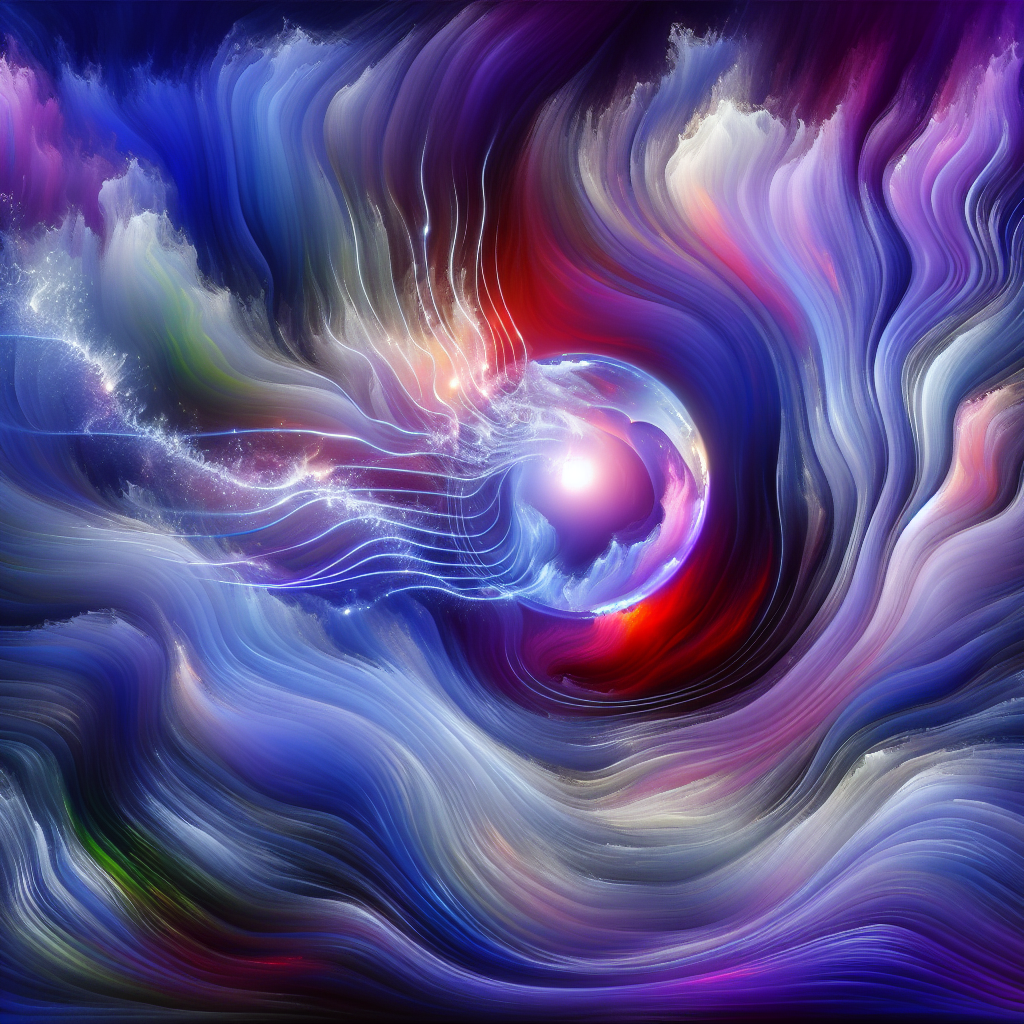Can AI Create Emotional Art?
Art has long been seen as a form of self-expression, a way for individuals to convey their emotions and thoughts through various mediums such as painting, sculpture, and music. However, with the advancement of technology, particularly artificial intelligence (AI), the question arises: can AI create emotional art?
AI has made significant strides in recent years, with algorithms becoming increasingly sophisticated and capable of performing tasks that were once thought to be exclusive to human intelligence. This has led to the development of AI-generated art, where machines are used to create pieces that range from paintings to music compositions.
But can these AI-generated artworks truly evoke emotions in the same way that human-created art does? Can machines understand and express emotions in a way that resonates with audiences?
The answer to this question is complex and multifaceted. While AI can certainly produce visually stunning pieces of art, the ability to evoke genuine emotional responses from viewers is still a subject of debate.
One of the main challenges in creating emotional art with AI is the lack of understanding and empathy that machines possess. Emotions are complex and nuanced, influenced by a myriad of factors such as personal experiences, cultural background, and social context. While AI can be trained to recognize patterns and mimic human behavior, it lacks the ability to truly feel and understand emotions in the same way that humans do.
Additionally, the process of creating art is often deeply personal and introspective for artists, with emotions playing a central role in the creative process. Can AI replicate this level of emotional depth and authenticity in its artworks? Can it capture the subtleties and nuances of human emotions in a way that resonates with viewers?
Despite these challenges, there have been instances where AI-generated art has successfully evoked emotions in audiences. For example, the painting “Edmond de Belamy” created by the AI algorithm GAN (Generative Adversarial Network) sold at auction for over $400,000, sparking debates about the role of AI in the art world.
Similarly, AI-generated music compositions have been praised for their creativity and emotional depth, with some listeners unable to distinguish between human and machine-generated pieces. This raises the question of whether emotional art can transcend the boundaries of human creativity and be produced by machines.
One of the key advantages of AI in creating emotional art is its ability to analyze vast amounts of data and generate new and innovative ideas that may not have been possible through traditional means. By processing and synthesizing information from a wide range of sources, AI can create art that is both unique and emotionally resonant.
Furthermore, AI has the potential to democratize the creation of art, making it more accessible to a wider audience. With the right tools and training, anyone can use AI algorithms to generate their own artworks, regardless of their artistic background or training.
However, the question remains: can AI truly understand and express emotions in a way that is authentic and meaningful to viewers? While machines can be programmed to recognize and mimic human emotions, the ability to truly feel and empathize with others is a distinctly human trait that may be difficult to replicate in AI.
In conclusion, the debate over whether AI can create emotional art is ongoing and complex. While machines have shown the ability to produce visually stunning and innovative artworks, the question of whether they can truly evoke emotions in viewers remains a subject of debate. As AI continues to advance and evolve, it will be interesting to see how the relationship between technology and art develops, and whether machines can truly capture the essence of human emotion in their creations.
FAQs:
Q: Can AI create art that is as emotionally resonant as human-created art?
A: While AI can produce visually stunning artworks, the ability to evoke genuine emotional responses from viewers is still a subject of debate. Machines lack the understanding and empathy that humans possess, making it difficult for them to truly capture the nuances of human emotions in their creations.
Q: How does AI create emotional art?
A: AI algorithms analyze vast amounts of data and generate new and innovative ideas that may not have been possible through traditional means. By processing and synthesizing information from a wide range of sources, AI can create art that is both unique and emotionally resonant.
Q: Can AI understand and express emotions in a meaningful way?
A: While machines can be programmed to recognize and mimic human emotions, the ability to truly feel and empathize with others is a distinctly human trait that may be difficult to replicate in AI. Machines lack the emotional depth and authenticity that humans possess, making it challenging for them to create art that resonates with viewers on an emotional level.
Q: What are the advantages of using AI in creating art?
A: AI has the ability to analyze vast amounts of data and generate new and innovative ideas that may not have been possible through traditional means. By processing and synthesizing information from a wide range of sources, AI can create art that is both unique and emotionally resonant. Additionally, AI has the potential to democratize the creation of art, making it more accessible to a wider audience.

